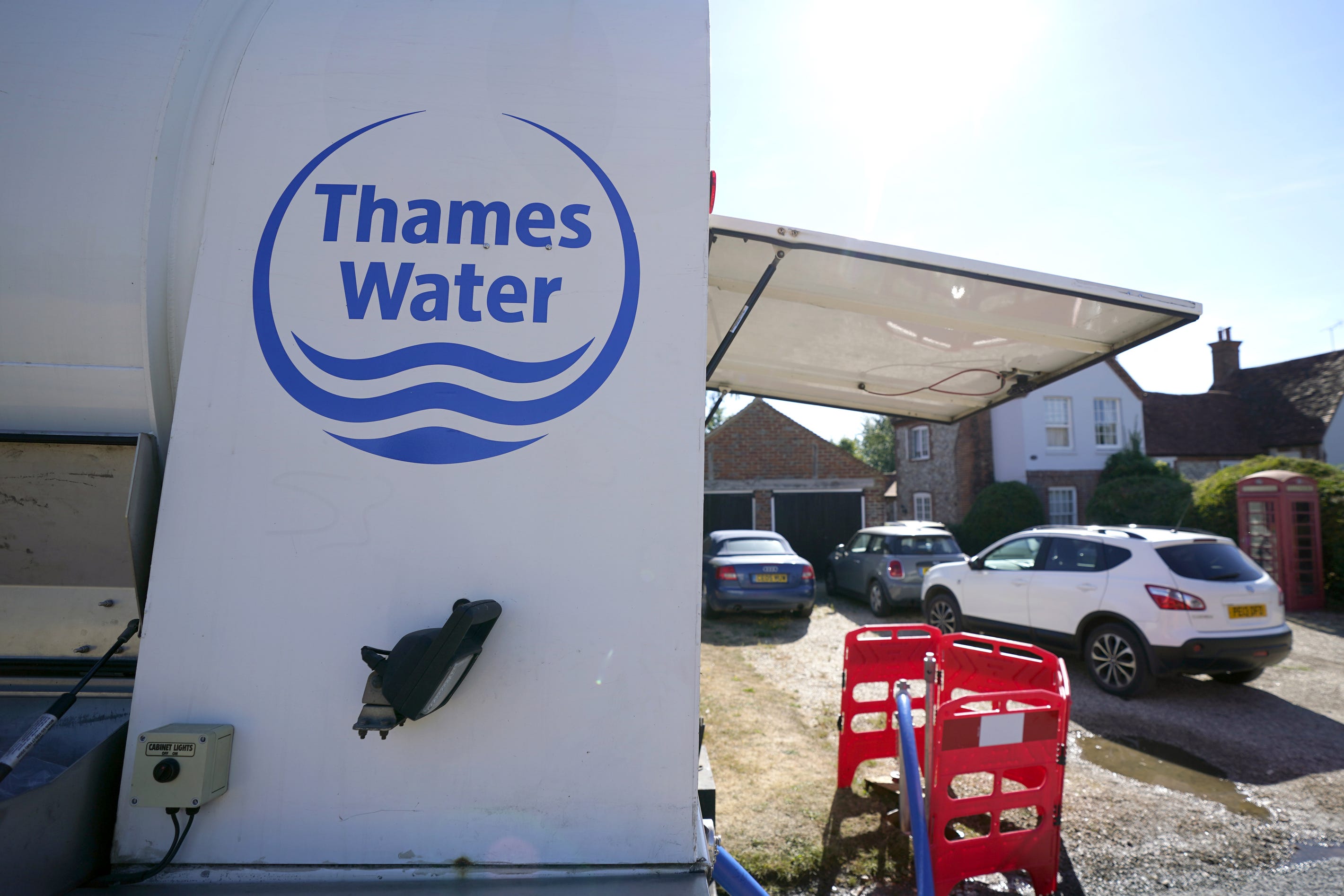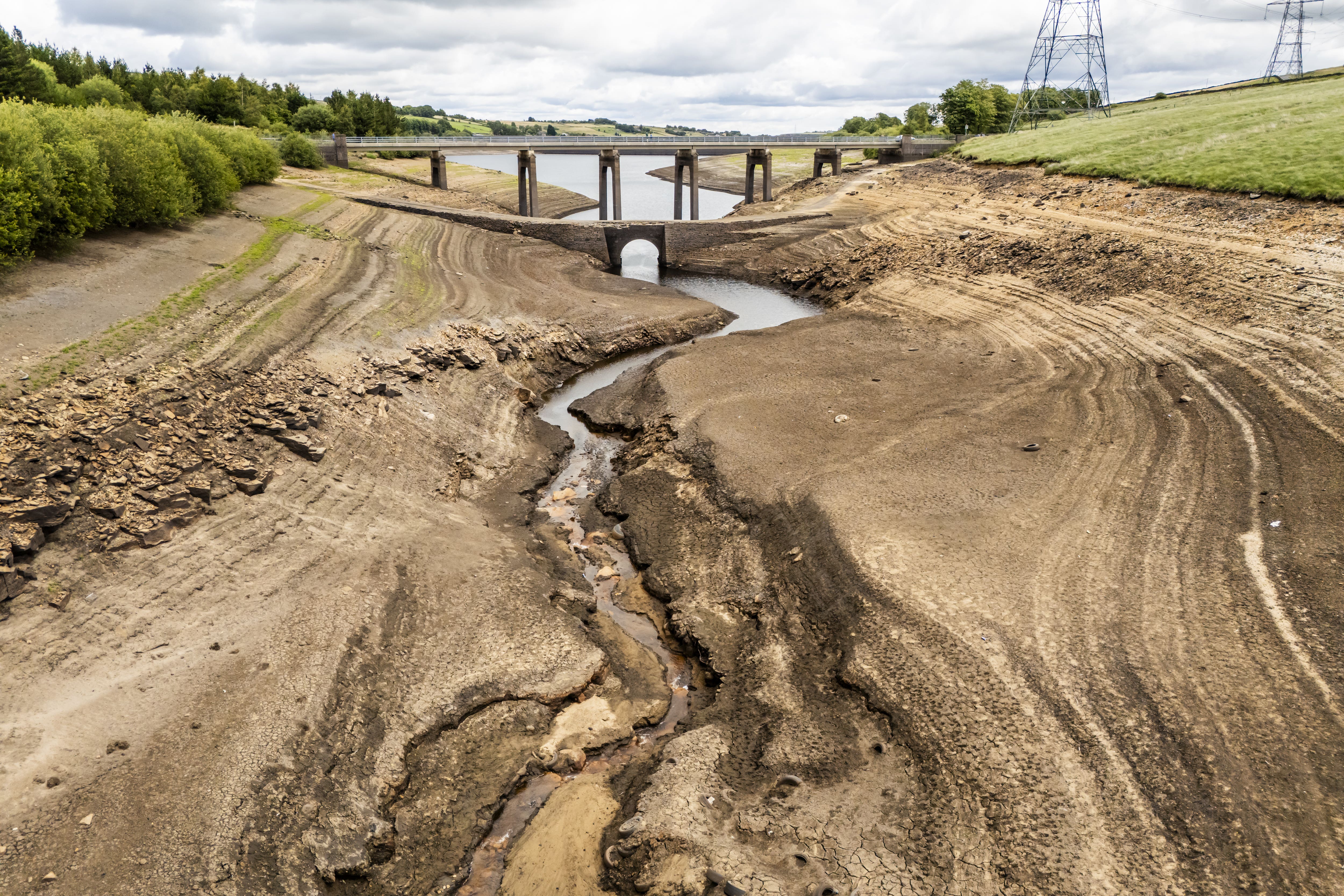Thames Water has announced a hosepipe ban will begin next Tuesday for customers across a large part of southern England.
Customers in Oxfordshire, Gloucestershire, most of Wiltshire and some parts of Berkshire will be affected by the incoming ban, beginning next week.
The water company said the measure will be brought in after the Environment Agency placed its area into the “prolonged dry weather category”.
The ban will begin on July 22 for customer in all OX postcodes, all GL postcodes, all SN postcodes as well as customers in RG4, RG8 and RG9 postcodes.
Thames Water said these areas had been chosen because much of the water is supplied by Farmoor Reservoir, which is fed by pumping water from the River Thames.

The company said the warm and dry weather means the flow in the river is low, which impacts the amount of water that can be pumped into the reservoir.
It said: “Our current reservoir levels in Farmoor are below average for this time of year at 92 per cent. Reduced flow from groundwater to the River Thames and no forecast rain means that our ability to maintain storage may be difficult.
“And forecast high temperatures are likely to increase the demand for water in the area. The hot weather also means more water is lost through evaporation from water bodies such as rivers and lakes. Managing the amount of water we take from rivers can help protect local wildlife.”

Announcing the ban, Thames Water said the UK has “experienced one of its warmest and driest springs in over a century” in 2025, adding that “June was also England’s warmest on record.”
“That’s why we need to bring in a hosepipe ban. It will help protect the environment and make sure there’s enough water to go around this summer.”
It came after the UK saw its third heatwave of the year over the weekend, as temperatures exceeded 30C in several parts of the country.

Central and eastern parts of England are expected to hold on to the warmth on Monday, with forecasts of 25C-26C, while East Anglia and south-east England could potentially hit 30C.
The heatwave saw fire and rescue teams tackling wildfires in London, Surrey, and Perth in Scotland.
Hosepipe bans have already come into force in Yorkshire, with similar restrictions issued for Kent and Sussex from July 18.
South East Water announced on Friday that 1.4 million of its customers in Kent and Sussex have been placed under a hosepipe ban after record levels of water consumption.
The water provider said that demand across the two counties had reached “the highest levels” this year and had “now reached a point where they have exceeded the limits in the company’s drought plan”.

They added that on 30 June, they supplied 680 million litres of water, more than 100 million litres more than the daily average for summer.
Just hours before that announcement, another hosepipe ban came into effect across Yorkshire, affecting 5.5 million residents.
Yorkshire Water said the region had both the driest and warmest spring on record this year, receiving just 15cm of rainfall between February and June, less than half the level expected in an average year.







